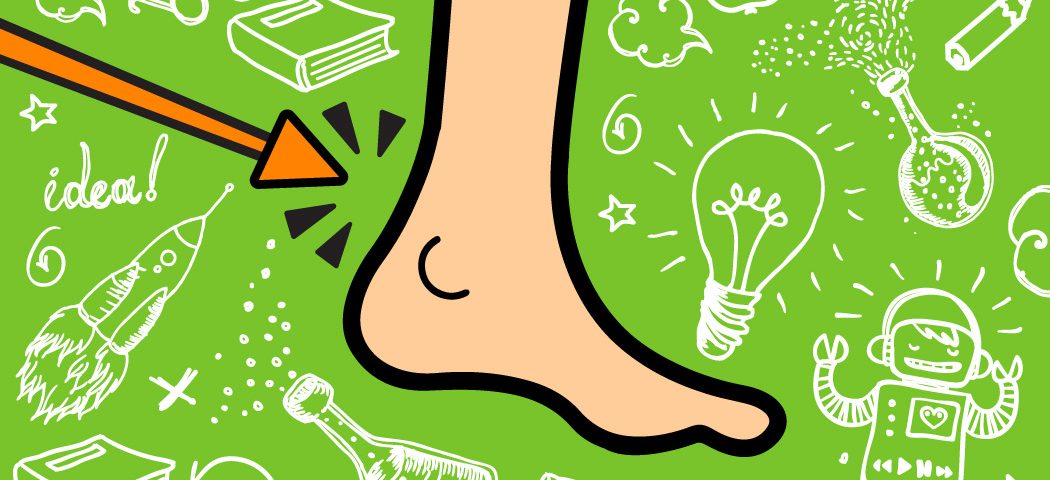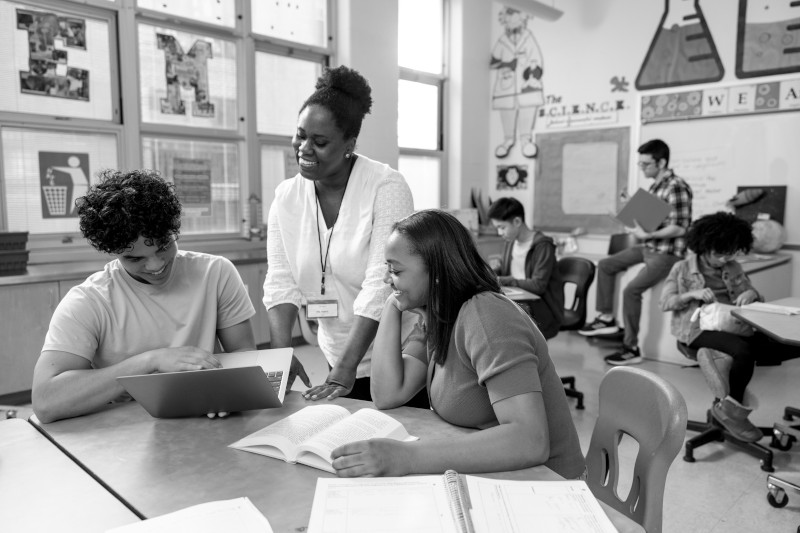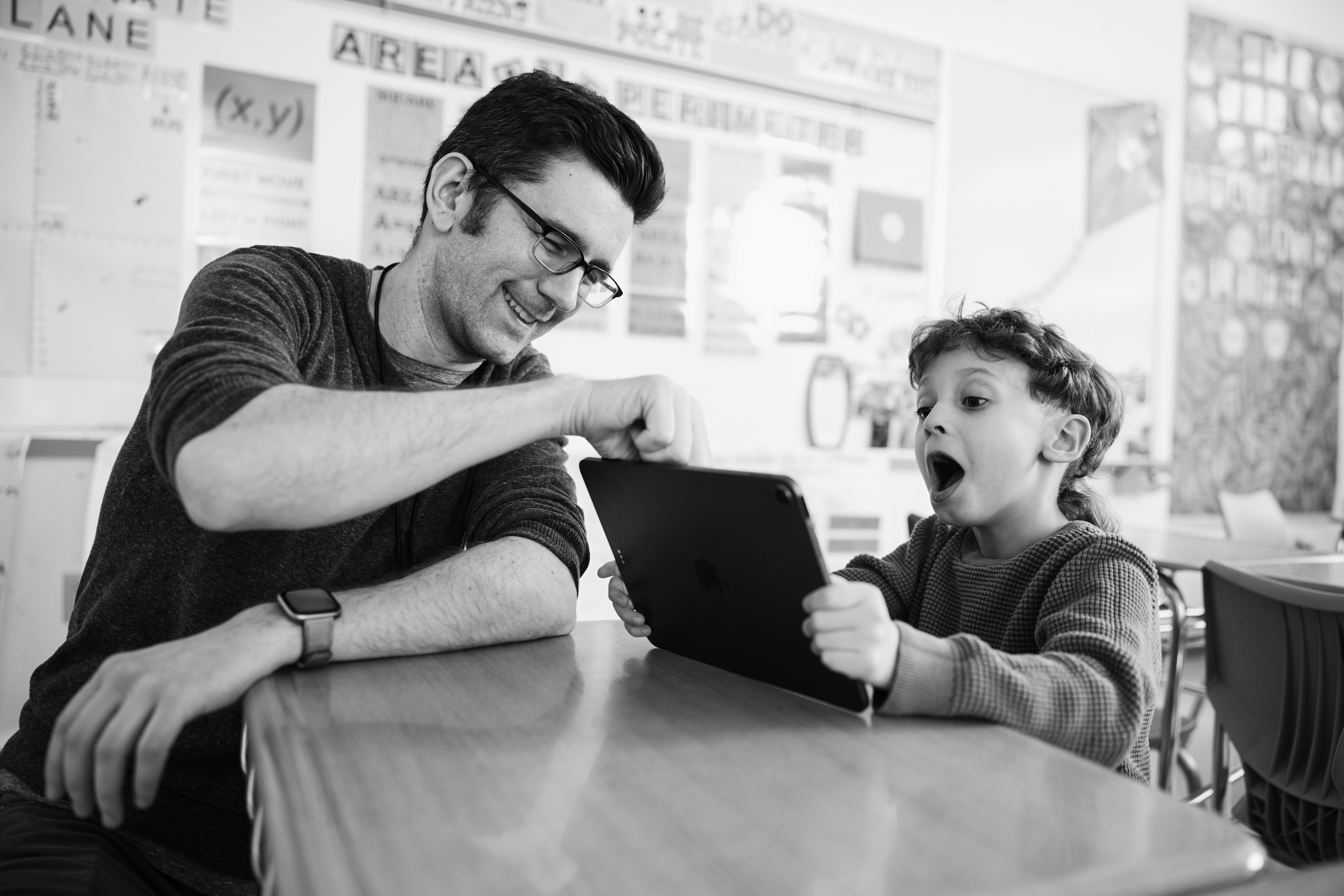- Sales & Support
- +61 2 4225 9698
- [email protected]

Reading suggestions for educators this summer
October 30, 2018
Resources to help struggling readers
December 2, 2018(Almost) perfect heroes and the science of learning

By: Jan Bryan, EdD, Vice President, National Education Officer, Renaissance USA
(Almost) perfect heroes
Although Hercules would disagree, Achilles is widely considered the closest thing to a perfect hero in Greek mythology. However, if you’ve ever twisted an ankle, enjoyed a heel spur, or pulled your calf muscle, you are painfully aware of Achilles’ point of susceptibility.
Mythology and the science of learning
Myths are ancient teachings concerning courage, the nature of the world, human significance, culture, and socially acceptable day-to-day practice. To some extent, modern fables, fairy tales, folklore, parables, and cautionary tales are akin to myths. There are lessons to be learned from an ant and a grasshopper, Rumpelstiltskin, Johnny Appleseed, the lost lamb, and a little boy who cried wolf. Myths are fascinating and fun to study, but can get in our way when we consider them to be literal, innate, predestined representations of the human condition—especially the human condition for learning. For example, the following are two of our most common educational myths:
• Some students are born with a brain that is “ready” for math (or football, music, or art).
• What students exhibit, or lack, upon entering kindergarten automatically determines their propensity for achievement.
In The Genius in All of Us, David Shenk (2010) argues against these learning myths at the genetic level. He writes that individual differences in ability are not predetermined by genes; they develop over time. As he states, “Intelligence is a process, not a thing (p. 34).”
“Intelligence is a process, not a thing.” – David Shenk
The two learning myths above represent the two sides of the intelligent/non-intelligent coin we’ve been tossing for generations. “Being born with a brain that is ‘ready’ for math” represents the nature side of that coin while “what students lack” refers to the nurture side. Instead, Shenk calls upon us to replace nature/nurture with dynamic development (p. 33).
Dynamic development looks at ability from a genetic point of view. Genes direct the production of proteins, which are the “building blocks of everything from muscle fiber, to eyeball collagen, to hemoglobin” (p. 22). Through advancements in technology and research, we now know that our genes interact and respond to environmental factors. Whereas nature/nurture focused on genes instead of environment (G or E), dynamic development acknowledges the interaction between the two, represented as GxE.
To be clear, Shenk writes that genetic differences do exist, but no longer are they “straightjackets holding us in place.” With the GxE paradigm, these differences are more like “bungee cords waiting to be stretched and stretched (p. 46).”
Our genetic “bungee cords” stretch when genes respond to environmental triggers by assembling amino acids into proteins. We are now aware of environmental triggers specific to the process of developing intelligence, including:
• Speaking and reading to children early and often,
• Nurturance and encouragement,
• Setting high expectations,
• Embracing failure and encouraging a growth mindset,
• Walking outdoors, and
• Increasing the intake of omega 3 fatty acids.
In a recent blog, Dr. Gene Kerns shared findings regarding another environment trigger—deliberate practice. His blog post is a complement, if not a precursor, to this one.
When learners engage in deliberate practice, their genes respond to what the body is doing by assembling amino acids into proteins to build what the body requires. As amazing as our genes are, they really do not distinguish between hasty and deliberate practice.
Lack of positive environmental triggers, including the deliberate practice trigger, is learning’s Achilles’ heel. To bring our learners close to invincibility, humans are required. At this point, Shenk’s GxE becomes GxExH—genes respond to an environment that has been made more appropriate for learning by humans—parents, loved ones, peers, teachers, coaches, and mentors.
“Lack of positive environmental triggers, including the deliberate practice trigger, is learning’s Achilles’ heel.”
References
Achilles: He was a perfect hero in every way, almost… (2016.) Retrieved from http://www.thatsgreece.com/info/mythology-heroes-Achilles.
Gill, N. S. (2016). The ten greatest Greek heroes. Retrieved from http://ancienthistory.about.com/od/heroes/tp/TopHeroes.htm.
Kerns, G. (2016). The 4 R’s of deliberate practice. Retrieved from https://www.renaissance.com/2016/09/29/the-meaning-of-deliberate-practice.
Shenk, D. (2010). The Genius in All of Us. New York, NY: Anchor Books.



